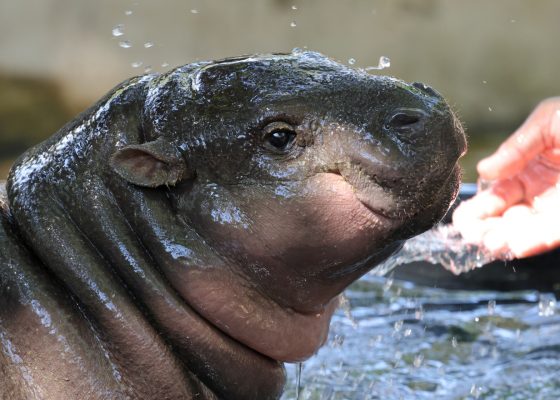Regardless of dry skin, frequently moisturising babies could help curb rates of the skin disease.
Infants who were regularly moisturised had lower rates of developing eczema, even if they don’t have dry skin, a new study suggests.
The US researchers randomly assigned the parents of more than 1200 infants aged nine weeks to either moisturise their child daily or avoid moisturising them unless the baby had dry skin and needed it.
By two years of age, 36.1% of those moisturised daily had eczema, compared with 43% of those who weren’t.
The study builds on recent research that suggests skin barrier problems may precede atopic dermatitis, rather than the other way around. So full-body daily moisturising could be a safe and practical way to reduce the burden of atopic dermatitis (AD), the authors said.
“The use of emollients reduced the risk of AD at age two years by 16%, which equated to a number needed to treat of 15. These results were consistent across multiple definitions of AD, including AD requiring prescription therapy,” they wrote.
There were several novel findings, the authors said.
“The magnitude of the effect of the intervention was stronger in infants without an atopic history in the family (24% reduction) and those reporting having a dog in the household,” they wrote.
One explanation could be that children who have a family history of atopy, including eczema, asthma and hay fever, may develop the disease predominantly due to immune dysregulation.
“Whereas those without an atopic family history may have AD initiated by skin barrier insults, such as irritation from water, soap, a dry indoor or outdoor climate, and additional unknown genetic factors; thus, they are more amenable to skin barrier repair,” the authors wrote.
In families where atopic conditions were present, parents may already be doing skin-protecting activities, the authors continued. This included behaviours such as avoiding irritants and allergens, and care with bathing.
The role of dog ownership was also new.
Previous research was conflicting, but indicated that pets appeared to be protective against developing eczema, the authors said. They pointed to recent Japanese research showing pet ownership reduced the skin disease only in babies without an FLG variant.
“This suggests that a child’s skin barrier status can alter the effects of household pet exposure,” they wrote.
“This is consistent with our results that found dog ownership to enhance the protective effect of emollients, although the exact mechanisms underlying this observation requires further study.”
A 43% prevalence of atopic dermatitis at two years of age was higher than expected, which the authors said they would analyse further.
Contact dermatitis and rash were also less common in babies who had the daily, full body moisturising. This ran counter to other research linking moisturiser use to a potential increase in skin infections and food allergy.
“Fewer cases of contact dermatitis and rash were observed in the daily moisturizer arm, suggesting that emollient use may protect against conditions, such as irritant contact dermatitis and diaper dermatitis,” the authors wrote.






